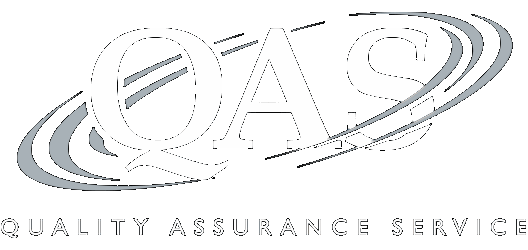Mastering Reporting of Publicly Traded Partnership and MLP K-1s on Partners' Returns
Navigating Footnotes and Tying Information to the 1040
An encore presentation with live Q&A.
Recording of a 110-minute CPE webinar with Q&A
This webinar will provide tax advisers and professionals with tools and practical knowledge to reconcile complex Schedule K-1s for publicly traded partnerships (PTPs) and master limited partnerships (MLPs), using sample K-1 information from complex oil and gas partnership footnotes and disclosures as an example. The panel will offer guidance on translating reportable information onto the partner's Form 1040, preparing basis schedules, and reporting at-risk and passive loss limitations.
Outline
- The law and regulations, including recent developments
- Review of Schedule K-1 data, including crucial footnote information
- Required combinations and allocations
- Gain/loss reporting for assets sold by the partnership
- How to tie reconciliation schedules to Schedule K-1 to tax return
- Basis schedule, capital accounts, and at-risk amounts
- Oil and gas items
Benefits
The panel will review these and other critical topics:
- The law and current regulations
- Understanding K-1 footnotes to determine items such as passive vs. non-passive income, as well as dispositions
- Knowing when a K-1 requires the tax preparer to enter info in return areas other than Sch. E pg. 2
- Reporting the information found in reconciliation schedules onto the partner's income tax return
- Calculating basis on capital assets sold within a partnership to correctly report gain or loss on Form 8949
- Preparing and maintaining a basis schedule for the partnership investment
- Recent developments, including the proposed regulations regarding the definition of "qualifying income" for PTPs in the oil and gas industry
This is an encore presentation with live Q&A.
Faculty

Jeffrey Clayman, CPA, JD, LLM
Tax Senior Director
Alvarez & Marsal
Mr. Clayman has over 18 years of public accounting experience with a focus on for-profit businesses in many different... | Read More
Mr. Clayman has over 18 years of public accounting experience with a focus on for-profit businesses in many different industries. He has expertise in federal reporting and compliance for c-corporations, s-corporations, partnerships and limited liability companies. Mr. Clayman is highly experienced in analyzing all types of transactional documents, purchase and sale agreements, debt instruments, corporate documents and partnership agreements.
Close
Brian T. Lovett, CPA, JD
Partner
Withum Smith+Brown
Mr. Lovett has extensive experience serving the tax needs of both public companies and closely-held businesses,... | Read More
Mr. Lovett has extensive experience serving the tax needs of both public companies and closely-held businesses, including all aspects of tax compliance for partnerships and corporations. He advises clients with regard to the structure and tax consequences of new business ventures, and assists with restructuring existing businesses for increased tax efficiency. Prior to joining his firm, he was with a “Big 4” accounting firm, working closely with large, multinational real estate investment companies.
CloseAccess Anytime, Anywhere
CPE credit is not available on downloads.
CPE On-Demand
